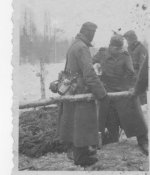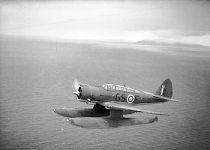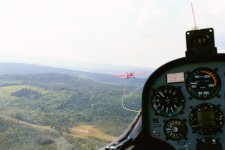Uwe_Nds
Chief Assistant Driver
...
- On the picture of his friends waiting to be sent eastwards is not the friends that is interesting anymore. But the shape of the railway station windows in the background is the source to restoration of the old railway station building to it's original shape today. To mention one example.
From a historian's or conservator's point of view, I fully agree.
However, I am more interested in the people in these snapshots.
They were young lads like us (or like we were - for some).
When I see pictures like that, I wonder what were the lads like, did they believe the propaganda, and what became of them?
Cheers,
Uwe





